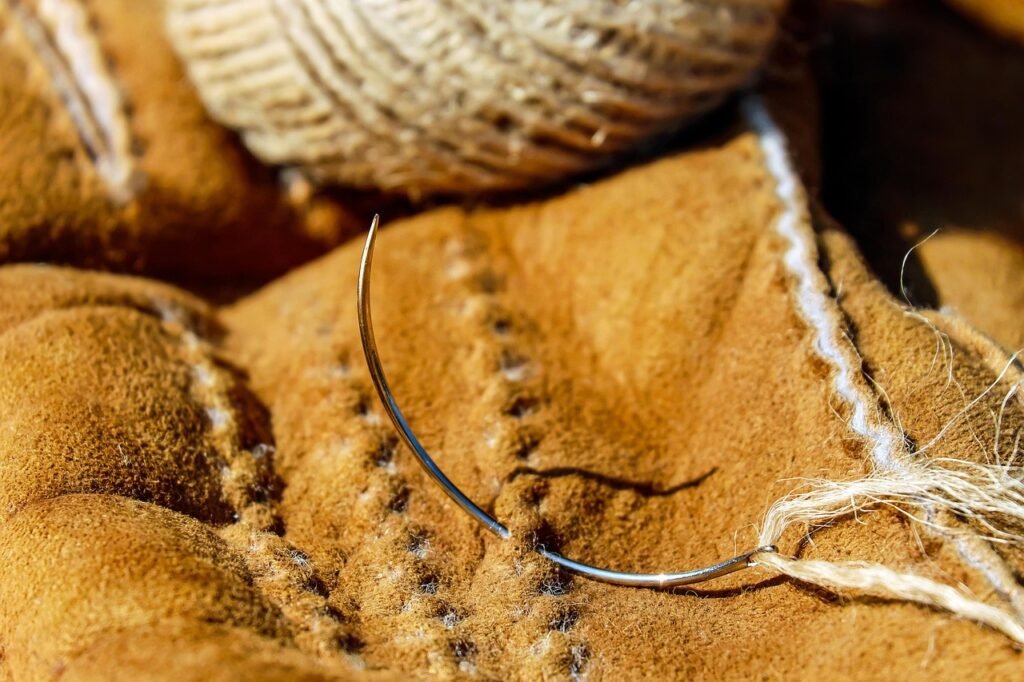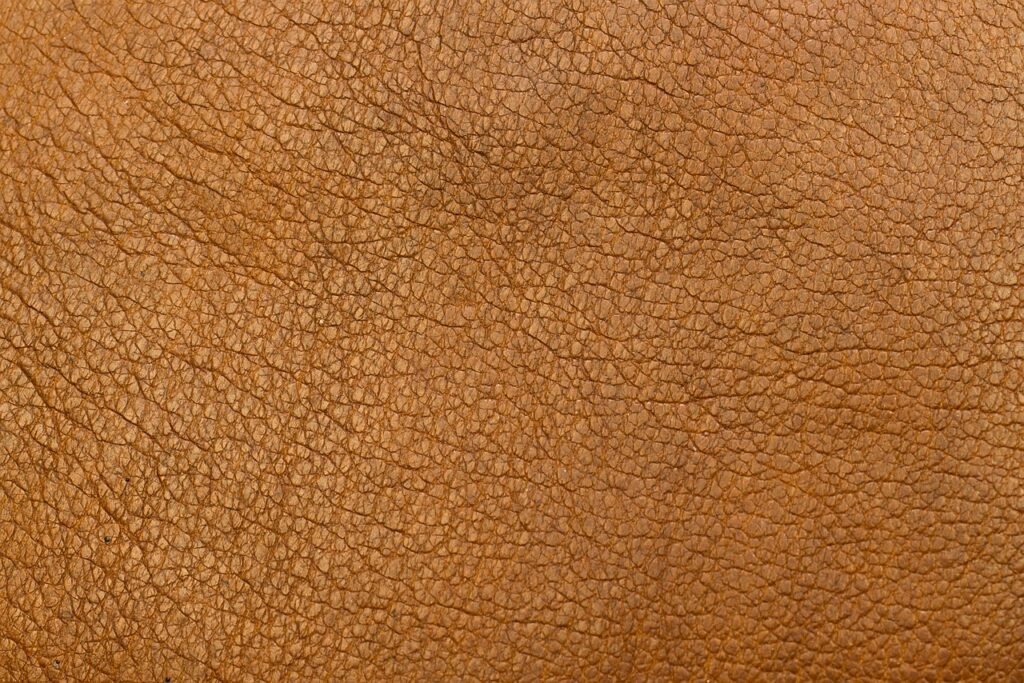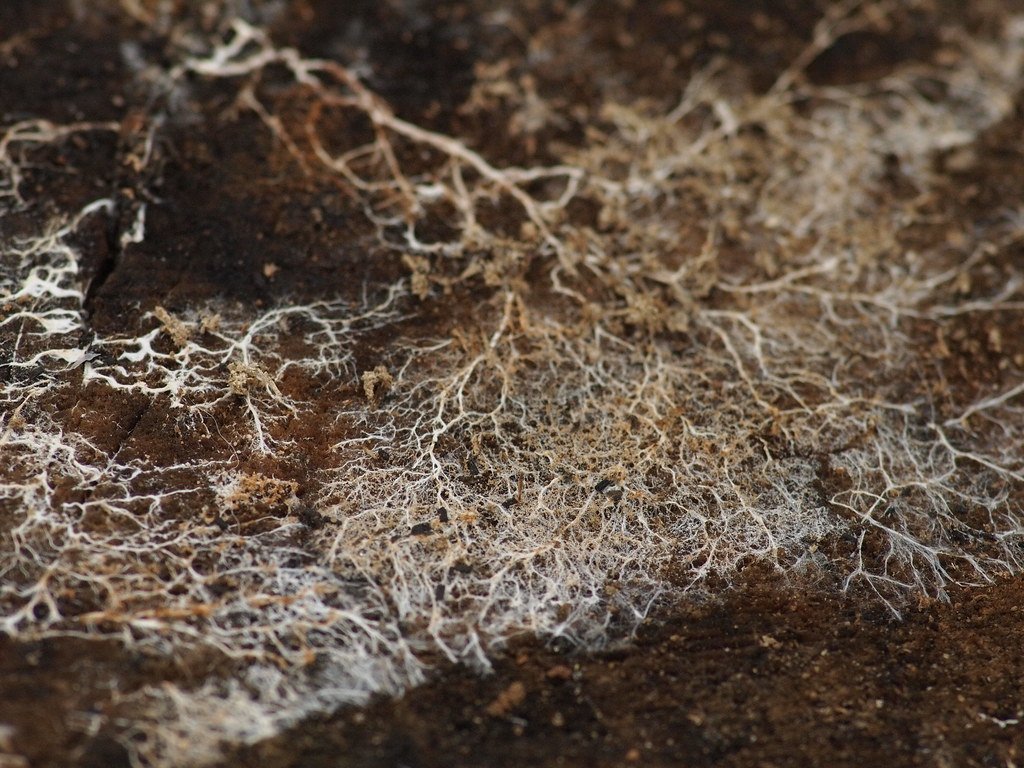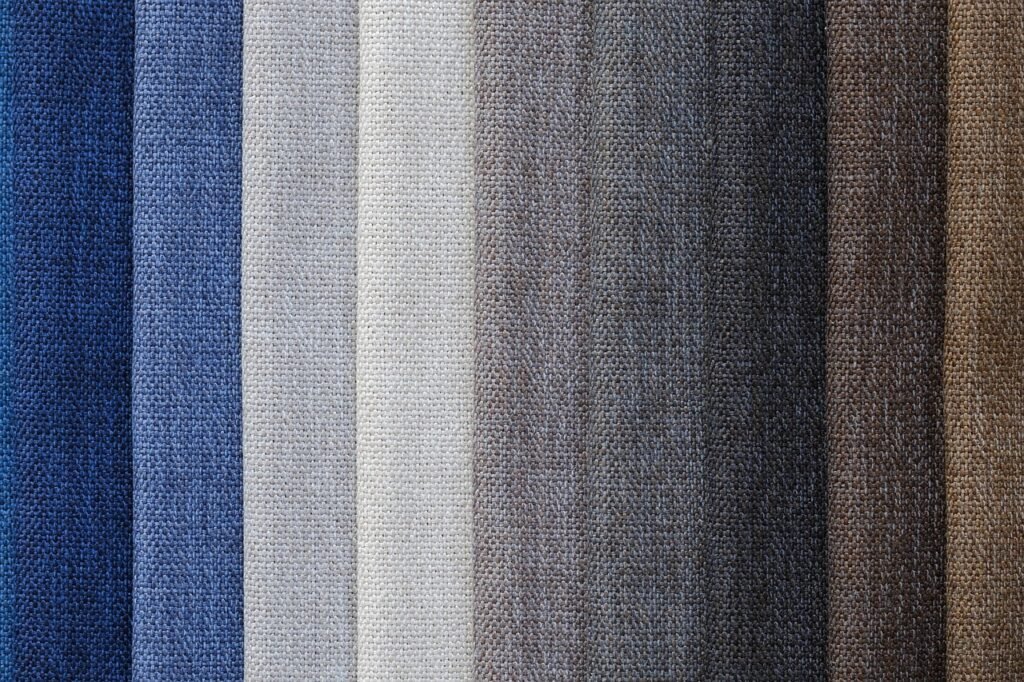In the ever-evolving world of fashion, sustainability has become a paramount concern, pushing designers and innovators to explore alternatives to traditional materials that often strain the environment. Among the most exciting developments in this area is the emergence of plant-based fabrics, like mushroom leather, that promise not only eco-friendliness but also durability and aesthetic appeal. These advancements are poised to redefine the fashion landscape, offering moral and practical choices for both designers and consumers.
What is Mushroom Leather?

Mushroom leather, a cutting-edge material, is derived from the root structure of mushrooms known as mycelium. Mycelium is a naturally occurring vegetative part that can be cultivated into a sustainable, leather-like fabric. This innovative material mimics the look and feel of traditional leather but is completely biodegradable, reducing the reliance on animal products and harmful chemical processes associated with conventional leather production.
The Environmental Impact of Traditional Leather

The production of traditional leather demands significant resources. It typically involves energy-intensive processes, extensive water use, and the release of pollutants through chemical treatments such as tanning. Additionally, leather production contributes to greenhouse gas emissions due to animal agriculture. Plant-based alternatives like mushroom leather mitigate these environmental impacts, offering a much cleaner production process.
The Rise of Plant-Based Fabrics

Seeking more sustainable solutions, the fashion industry is embracing a variety of plant-based fabrics beyond mushroom leather. These include materials made from pineapple leaves (Piñatex), apple skins (Apple Leather), and even recycled cork. Each of these materials offers unique properties and aesthetic possibilities, allowing designers to create innovative, eco-friendly garments and accessories.
How Mushroom Leather is Produced

Producing mushroom leather involves cultivating mycelium on an organic substrate, which is then processed to create a dense, fibrous material. This material undergoes shaping and treatment to achieve the desired texture and durability of leather. The process is relatively swift and environmentally friendly, requiring minimal water and energy compared to traditional leather production.
Benefits of Using Plant-Based Fabrics

Plant-based fabrics present numerous benefits. They often require fewer resources, have a significantly lower carbon footprint, and do not involve animal cruelty. Additionally, such materials tend to be hypoallergenic and breathable, enhancing comfort for the wearer. As a result, consumers and designers inclined towards ethical fashion choices increasingly prefer these options.
Challenges Facing Plant-Based Fabrics

Despite their potential, plant-based materials face hurdles such as scalability and cost. Producing these fabrics on a large scale to meet global demand can be resource-intensive and expensive. Additionally, the durability of plant-based leathers can vary, presenting a challenge for their widespread adoption in high-demand fashion contexts.
Innovative Uses in Fashion

Designers worldwide are pioneering the use of mushroom leather in creative and surprising ways. From luxurious handbags and shoes to high-fashion garments and accessories, the versatility of mushroom leather is proving limitless. As technology advances, the potential applications for plant-based fabrics in fashion continue to multiply.
The Role of Technology in Development

Advancements in biotechnology have been critical in the development of plant-based fabrics. Techniques in genetic engineering and cultivation processes are continually refined, enhancing the quality and properties of these materials. This ongoing innovation helps address key challenges like cost reduction and durability, further propelling the adoption of these sustainable fabrics.
Consumer Preferences and Trends

The modern consumer is increasingly aware of environmental issues and ethics, influencing their purchasing decisions. This shift has driven fashion brands to alter their offerings, integrating sustainability as a core component of their business models. As awareness grows, the demand for eco-friendly fashion options like plant-based fabrics continues to rise.
Regulatory and Industry Support

With growing environmental concerns, there is mounting support from governments and industry bodies for sustainable fashion initiatives. Regulatory frameworks aimed at reducing carbon footprints and promoting ethical practices are encouraging companies to adopt eco-friendly materials. This support plays a pivotal role in mainstreaming plant-based fabrics.
The Future of Sustainable Fashion

The trajectory of sustainable fashion seems promising, with plant-based fabrics leading the charge. Mushroom leather and its plant-based counterparts are likely to become staples within the industry. As production methods improve, costs decrease, and awareness rises, these fabrics could redefine fashion as an emblem of both style and sustainability.
Concluding Thoughts

In the quest for a more sustainable and ethical future, the fashion industry is undergoing a transformative shift. Plant-based fabrics like mushroom leather offer a compelling vision of what the future could hold—one where innovation meets conscientious responsibility. As these materials become increasingly prevalent, they are not just reshaping fashion but also contributing to a broader movement toward environmentally sustainable practices. By embracing these alternatives, both consumers and designers can play a pivotal role in fostering a healthier planet.




